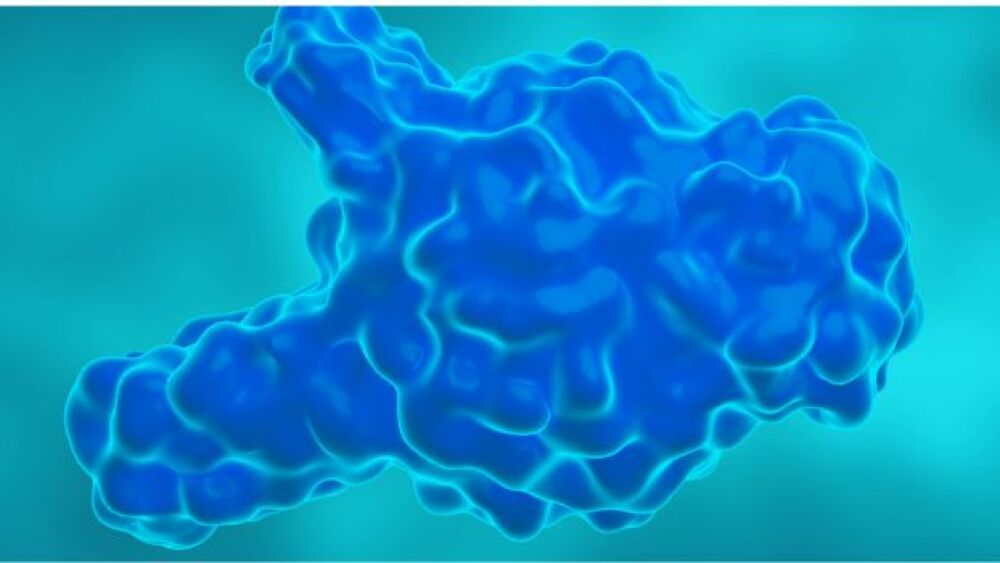Syapse® presented five abstracts at Virtual ISPOR Europe 2021 , the leading global conference for health economics and outcomes research (HEOR), held last week.
SAN FRANCISCO, Dec. 06, 2021 (GLOBE NEWSWIRE) -- Syapse®, a leading real-world evidence company dedicated to extinguishing the fear and burden of serious diseases by advancing real-world care, presented five abstracts at Virtual ISPOR Europe 2021, the leading global conference for health economics and outcomes research (HEOR), held last week.
“We are proud to have a strong presence and to be sharing such important work at this year’s Virtual ISPOR Europe meeting,” said David Pomerantz, chief commercial officer at Syapse. “We look forward to collaborating with community health systems (CHSs) and pharmaceutical companies on how we can all work together to establish and incentivize smarter healthcare decision-making processes through the use of real-world evidence.”
The following are a summary of the published and presented abstracts:
- Demographic characteristics and disease subtypes of patients with Acute Myeloid Leukemia across large community health systems in the US (#POSB413)
- CHSs treat over 50% of patients with cancer across the United States (US). The profile of patients with acute myeloid leukemia (AML) seen in CHSs within the US are not widely published. This analysis describes the demographic characteristics and disease subtypes of patients with AML treated across a sample of CHSs. Patients with AML treated in CHSs within the Syapse Learning Health Network™ (LHN) were elderly, white and skewed slightly more male, with a relatively high percentage of patients having myelodysplastic features.
- Demographic characteristics and initial diagnostic staging of patients with breast cancer across large community health systems in the US (#POSC409)
- The profile of patients with breast cancer seen in CHSs within the US is not widely published. This analysis describes the demographic and diagnostic staging characteristics of patients with breast cancer treated across a sample of CHSs. Patients with breast cancer treated in CHSs within the LHN were elderly, menopausal based on their age, with most being diagnosed in the early stages of breast cancer.
- Cancer subtypes and systemic antineoplastic treatment utilization among patients with advanced breast cancer across large community health systems in the US (#POSA410)
- The cancer subtypes observed and systemic treatments used among patients with advanced breast cancer seen in CHSs are not widely published. This analysis describes the cancer subtypes and systemic treatment utilization of these patients treated across a sample of CHSs. HR+/HER2- patients were the most common breast cancer subtype, which roughly correlates to SEER statistics of breast cancer subtypes. Patients with advanced breast cancer treated in the LHN were most likely to receive cyclophosphamide or a doxorubicin-containing regimen.
- Demographic characteristics and initial diagnostic staging of patients with Non-Small Cell Lung Cancer across large community health systems in the US (#POSC408)
- The profile of patients with lung cancer seen in CHSs within the US is not widely published. This analysis describes the demographic and diagnostic staging characteristics of patients with non-small cell lung cancer (NSCLC) treated across a sample of CHSs. Patients with NSCLC treated in CHSs within the LHN were elderly, skewed slightly more female and predominantly white with four out of ten diagnosed with advanced disease.
- Somatic gene alteration testing and systemic antineoplastic treatment utilization among patients with advanced Non-Small Cell Lung Cancer across large community health systems in the US (#POSA409)
- The somatic gene alteration testing and systemic treatments used among patients with advanced non-small cell lung cancer (aNSCLC) seen in CHSs are not widely published. This analysis describes the most common gene alteration testing and systemic treatment utilization of these patients. Broad genetic profiling is recommended for aNSCLC according to National Comprehensive Cancer Network (NCCN) guidelines and within CHSs many patients had evidence of broad testing. Patients were most likely to have received chemotherapy, most likely a carboplatin containing regimen.
The Virtual ISPOR Europe 2021 conference theme was “Emerging Frontiers and Opportunities: Special Populations and Technologies.” In recent years, rare diseases, digital therapeutics, personalized medicine, cell and gene therapies, and other new therapeutic approaches have stretched our data and methodological capabilities. Furthermore, issues associated with these special populations and technologies have important implications for a range of healthcare decisions, from regulatory pathways to coverage, reimbursement, and shared clinical decision-making. Virtual ISPOR Europe 2021 featured HEOR scientists and stakeholders who work on these key challenges and highlight innovative solutions, advances in HEOR, as well as examples of how partnerships and dialogue with other disciplines are contributing to addressing these issues.
About Syapse
Syapse is a company dedicated to extinguishing the fear and burden of serious disease by advancing real-world care. By marrying clinical expertise with smart technologies, we transform data into evidence—and then into the experience—in collaboration with our network of partners, who are committed to improving patients’ lives through community health systems. Together, we connect comprehensive patient insights to our network, to empower our partners in driving real impact and improving access to high-quality care. www.syapse.com
Syapse Contact
Christian Edgington, Media & Engagement
cedgington@realchemistry.com






